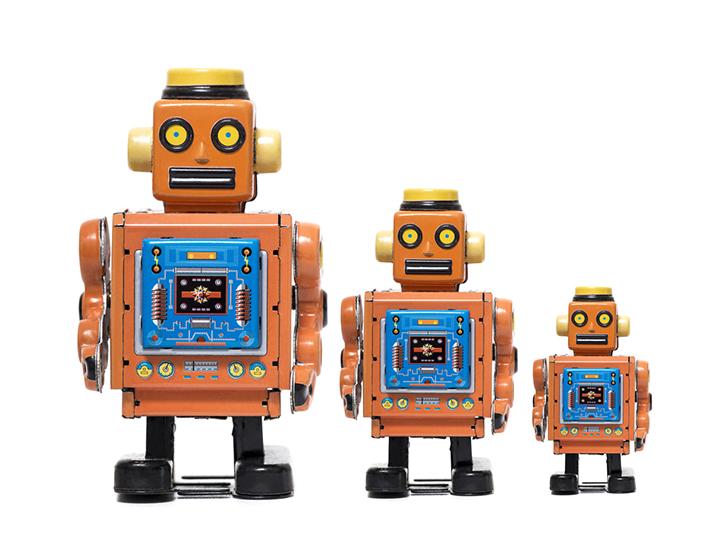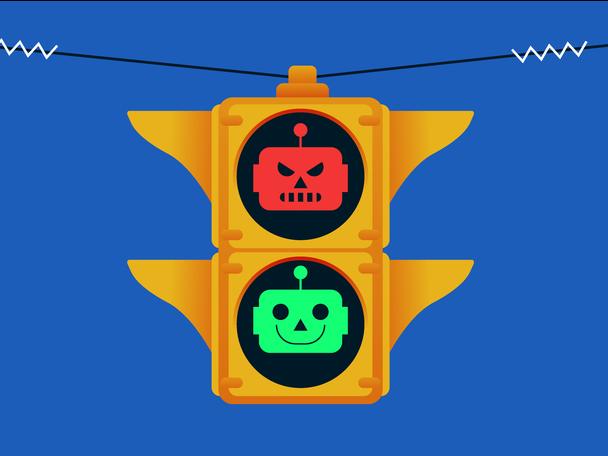The advent of artificial intelligence (AI) has brought a paradigm shift in teaching, learning and assessment. But despite the growing ubiquity of AI tools, significant gaps still exist in the professional development of faculty members. These individuals often face challenges in adapting assessment strategies to the pedagogical shifts that AI has introduced. Many lack training in teaching methods and assessment design, which further complicates their ability to respond effectively to AI’s growing role in education.
In fact, students are frequently more adept at leveraging AI tools in their learning process, although this proficiency does not necessarily translate into using those tools responsibly and ethically.
- Resource collection: AI transformers like ChatGPT are here, so what next?
- Students need a balanced diet of assessment practices
- Online tests as a method of engagement in higher education
So, university teachers should harness AI in a way that enhances their teaching and assessment methods. The challenge extends beyond mere functionality to encompass issues of academic integrity and the development of critical thinking skills in an AI-assisted environment.
AI as a catalyst for assessment innovation
To address these challenges, we would like to offer our top tips on how to innovate assessment based on our collective staff practice and reflections.
Tip 1: Support students in the responsible use of AI tools
Rather than trying to catch students out for misusing AI tools or banning AI tools entirely in assessment, it is better to co-create a classroom agreement on the responsible use of AI tools at the beginning of the module. This helps to ensure that every student has equal access to the AI tools, understands the appropriate use of these tools and is aware of their benefits and limitations, while maintaining academic integrity.
To develop a better understanding of responsible use of AI tools by students, we created a checklist of three questions:
- Does the use of AI allow you to develop and demonstrate the skills you need to use for this assessment?
- Would using AI-generated content still allow you to express your academic voice?
- Do you feel less confident about your own work? If so, what are the reasons for your lack of confidence?
These questions help teachers to initiate conversations with students, assist them in developing metacognitive strategies and direct them to relevant study skills services available in the library and university.
Tip 2: Redesign types of assessment: can we look for higher-level skills?
While developing authentic assessments in which students are asked to apply their knowledge and skills in real-life settings, we can incorporate synoptic assessment tasks that require students to connect and apply knowledge from different parts of learning materials taught within a programme. Some of these synoptic assessments may permit students’ responsible use of AI tools.
In addition, teachers should reduce the number and types of assessment questions that are susceptible to the misuse of AI tools. For example, rather than use the question: “What are functions of iodine in the human body?”, we can ask: “Evaluate the consequences of iodine deficiency in the body with appropriate examples from countries with a high prevalence of iodine deficiency.” The second version encourages a more analytical approach and requires examples from students. Students can also be asked to refer to the peer-reviewed literature and module materials. The result is that instead of merely testing facts and knowledge, teachers can assess them within a more relevant context and with a higher degree of authenticity.
Tip 3: Redesign assessment rubrics
What skills do we want to assess to prepare students for jobs upon completion of the course?
In redesigning your rubric, one important thing to consider is whether AI tools will allow the student to develop and demonstrate the skills needed for an assessment or hinder it. If AI use is permitted, when redesigning the assessment rubric, incorporate the evaluation of skills related to the use of AI, such as developing critical thinking towards AI-generated outputs. The rubric should also reflect higher order of cognitive skills from Bloom’s taxonomy, which is relevant with the use of AI tools. Students can also be asked to show their conversations (including their prompts) with the AI tools.
This approach enables students to engage with AI tools in a manner similar to how they would approach mathematical problem-solving. Consequently, teachers are not only able to assess the final piece of work from students, but also their learning and judgement processes that went into producing their work. In addition, the assessment rubric can place more weight on students evidencing this process and less on their final product.
Embedding AI into assessment
The rapid and constant evolution of AI technology makes a one-size-fits-all assessment approach nearly impossible. Regardless of how we choose to embed AI into our assessment, it is time to shift our perspective from viewing AI as a challenge to seeing it as a tool that can enhance our student learning experience. What AI cannot do is to replace the hard human efforts of investigating, understanding, evaluating and explaining, which are fundamental for meaningful student learning.
Zheng Feei Ma is a senior lecturer in public health, and Antony Hill is dean of learning and teaching, both in the College of Health, Science and Society at the University of the West of England (UWE Bristol).
If you would like advice and insight from academics and university staff delivered direct to your inbox each week, sign up for the Campus newsletter.




comment